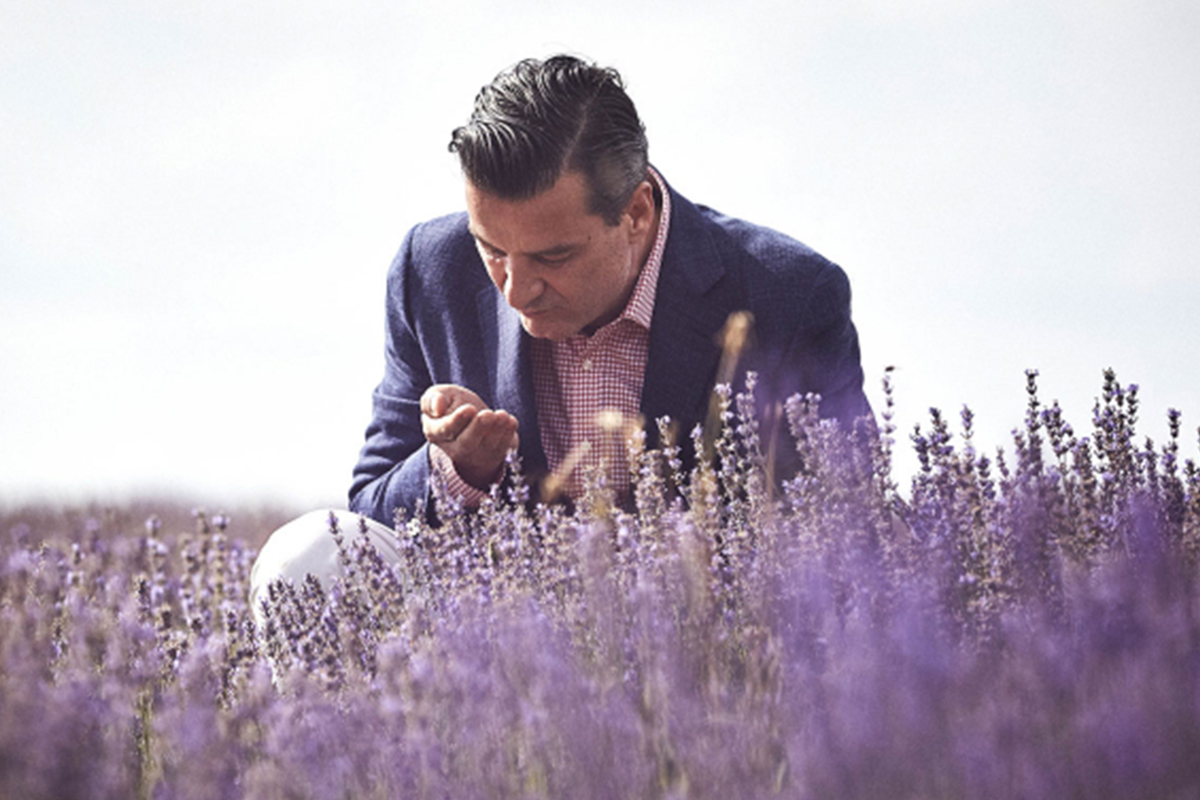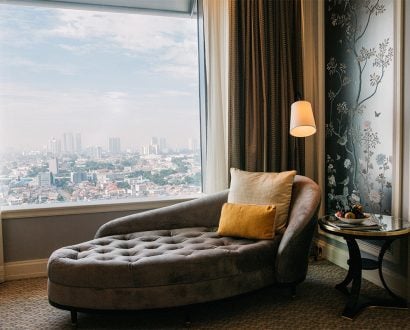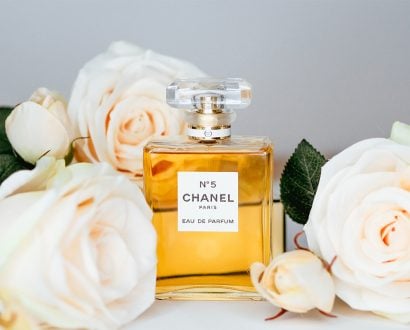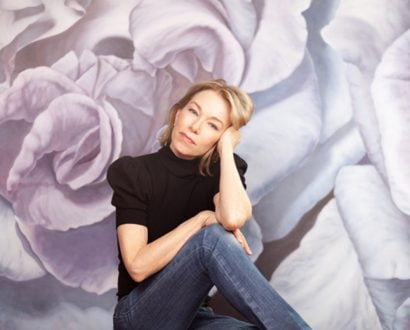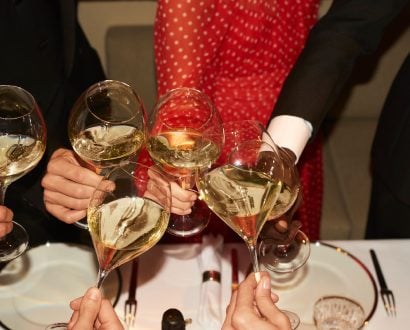Striving to educate the world as many of our lives are put on hold to flatten the curve, Bulgari and Guerlain have shared a rare behind-the-scenes look at their artisan perfumeries.
Taking advantage of the hiatus, the LVMH brands explored the origins of their fragrances and unveiled the secrets behind how some of their most iconic perfumes are made.
“The world of perfume is as rich as it is complex, with a captivating aura that reflects the magnetic and evocative power of an inimitable scent,” LVMH says.
Revealing the fundamental principles that shape the art of perfume-making, the Italian maison sat down with two of its master perfumers, shedding some light on the enchanting art.
Bulgari master perfumer Sophie Labbé explained the creative process behind creating a scent, in a video shared by Bulgari on its Instagram.
“There are many sources of inspiration behind my creations,” she says. “Olfactory experiences from my travels to faraway lands, for example, or culinary discoveries; unexpected flavour combinations.
“I also find inspiration in products, such as cosmetics, powder and of course, natural ingredients, and particularly innovative molecules for using in perfume-making.
“All of these sources of inspiration combined with the brief, the story behind the fragrance, the colours and the images are the factors that give rise to my creativity. It is a real connection. An intuition.”
For Bulgari master perfumer Jacques Cavallier, inspiration is found within natural ingredients – roses, jasmine, tuberose, spices, cinnamon, nutmeg, patchouli, sandalwood and vanilla.
“These natural ingredients reflect a culture. They are fully unique. They speak to us because they are familiar. We use them in our kitchen and come across them in nature,” he says. “Natural ingredients are an integral part of the history of perfume-making and essential to my creations.”
For Guerlain, the importance of natural ingredients flourishes throughout each parfum.
The French maison shared a remarkable video titled Les Routes du Parfumeur , showcasing the journey of parfum production, starting at the very beginning where flowers are harvested.
A humble farm in Tunisia is among the most important stages of creating a tantilising fragrance, Guerlain master perfumer Thierry Wasser explains.
“Distilling flowers and neroli is a gamble,” he says. “You have to calculate carefully when you start with respect to the needs of the final essence, so as not to start too early or too late.”
Neroli, which is the essence of bitter orange tree blossom, is a sought-after flower for perfumers. In order to protect the delicate aroma, the buds are harvested by hand before it blooms.
“When they are open, the perfume already begins to diffuse into the air, so you lose it,” the French master perfumer explains. “The flowers don’t travel well. We treat the flowers immediately after picking them.
“As we are distillers, we have to pay attention to everything. I keep a close eye on the steam and the boiler. For me, it’s important because at least I genuinely control the quality of our neroli.
“That’s really where it’s understood that we control everything from the flower to the bottle.”
With its flowers found in Eau de Cologne Impériale from 1853 and more recently Mon Guerlain, the farm in Tunisia plays a significant role in producing head-turning fragrances.
But it’s not just the African nation that is held close to the heart of Guerlain. Along Thierry’s journey from Asia to Middle Eastern deserts, shared in a series of videos on Instagram, the perfumer meets growers of the exceptional ingredients who all work in harmony to craft spellbinding parfum.
“These journeys, whatever they may be, are the very definition and proof that brotherhood exists – otherwise you wouldn’t feel at ease,” he says. “It gives you a confidence in the human race that is extraordinary. That’s what travel is about.”

